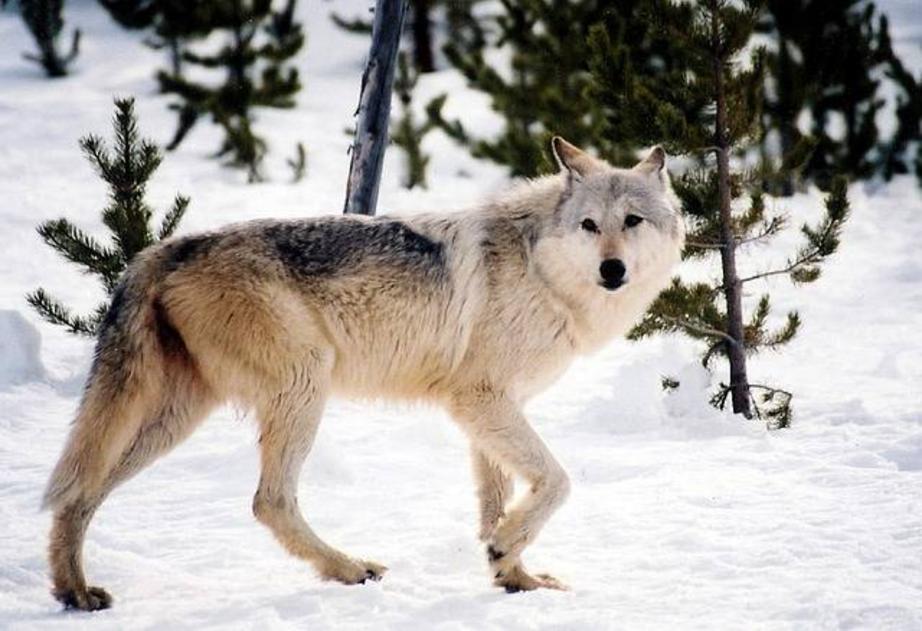First wolf pack in 200 years is roaming wild in Denmark
Denmark’s last wolf was killed in 1813, but after a female travels 340 miles from Germany and meets some males, cubs are expected soon.
As it stands now, there are some 12,000 wolves in continental Europe (aside from those in Russia, Ukraine and Belarus), returning to places like France and Germany after hundreds of years of fear and persecution.

In the Kingdom of Denmark, the last wild wolf killed in 1813. But now that the wolf is a protected species by the European Union, they have slowly begun to repopulate – male wolves have been observed in the Nordic country since 2012, and now a female has joined them.
As shown by DNA from stool samples, the she-wolf trekked to Denmark from a pack south of Berlin, 340 miles away. It is suspected that she left her family group last spring, reports The Guardian. After the pack was filmed together in the fall, it appears that she has a mate and that cubs will follow.

“We expect that they will have cubs this year or the next,” says Peter Sunde, a senior researcher at Aarhus University.
“People were very surprised when wolves first appeared in Denmark but they are highly mobile and are just as adaptable to cultural landscapes as foxes are. The only problem historically is that we killed them,” he adds.

The Danish pack has taken to a “well-farmed area of heathland and small pine plantations with plentiful prey in the form of burgeoning populations of red and roe deer,” notes The Guardian. And while there have been reports of the loss of some sheep thanks to the wolves, the government has devised a wolf management plan that includes helping farmers with fencing to keep wolves at bay and other compensations.
“There is a tradition in Denmark of reaching compromises and reaching solutions,” adds Sunde, who believes that Danes and the wolves will be able to coexist. “Technically, we can relatively easily manage the wolf population but the challenge is the psychology of humans. There are so many feelings and opinions about wolves in Denmark, as everywhere. The wolf debate is very much value-driven rather than related to concrete problems.”

Guillaume Chapron, from the Swedish University of Agricultural Sciences, resists speculating about what the future will look like for wolf populations in the Kingdom.
“Let the wolf decide and let people decide as well because we are sharing the landscape,” he says. “It’s very positive news for nature conservation. It shows that attitudes have changed and when we let nature take care of itself, nature comes back."

